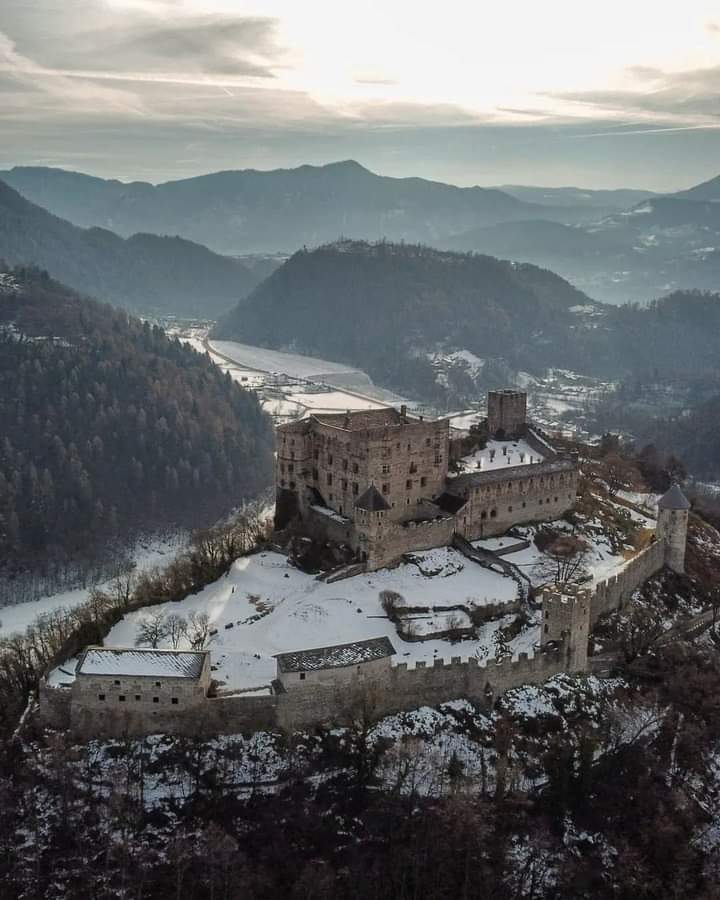
Castel Pergine, once a Roman settlement, which was converted into a medieval castle complex in the 13th century, is the gateway to the Valsugana valley. For a long time it was in the hands of Margaret of Tyrol, called Maultasch, afterwards it came into the possession of Emperor Maximilian I. In 1531 Bernardo Clesio, Cardinal of Trento, was appointed judge in Pergine: Castel Pergine thus became the property of the Prince-Bishops of Trento for a long time. In 1901 Ferdinand Putz from Bavaria acquired the castle and had it renovated before it was finally sold on to the Swiss Mario Oss in 1956. He converted a part of it into a castle hotel with restaurant, while the rest of the castle became a cultural meeting place. Of particular historical value are the fireplace room (Camera del Camino), the throne room (Sala del Trono), the so-called drop prison (Prigione della Goccia), where prisoners chained to their hands and necks were subjected to constant dribbling on their heads, and the Chapel of St. Andrew (Cappella di Sant'Andrea). Since summer 2022, the latter has been home to a valuable, antique altarpiece from the 16th century, which was found only a few years ago and subsequently restored. The first floor of Castel Pergine is open to the public, as well as the castle park inside the defensive wall. In November 2018, Castel Pergine was acquired by the non-profit foundation "Fondazione Castel Pergine Onlus", making it the first Italian cultural public property. Today, the venerable walls house a hotel and restaurant, and the foundation organises an annual exhibition and cultural events, such as music and theatre performances.

A view of Switzerland. The mountains are the best. The climate is mild and the temperature is pleasant, rarely too hot. The days are generally dry and sunny, with clear views of the mountains and r...Read more
View (34,558) | Like (1) | Comments (0)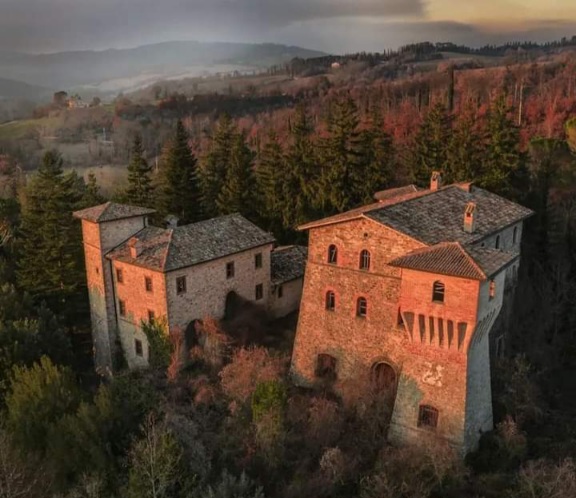
Schifanoia Castle stands amidst centuries-old trees and fertile lands, near the town of Valfabbrica. The current name derives from schivar la noia, a toponym also used in other homes of the sevente...Read more
View (106,128) | Like (0) | Comments (0)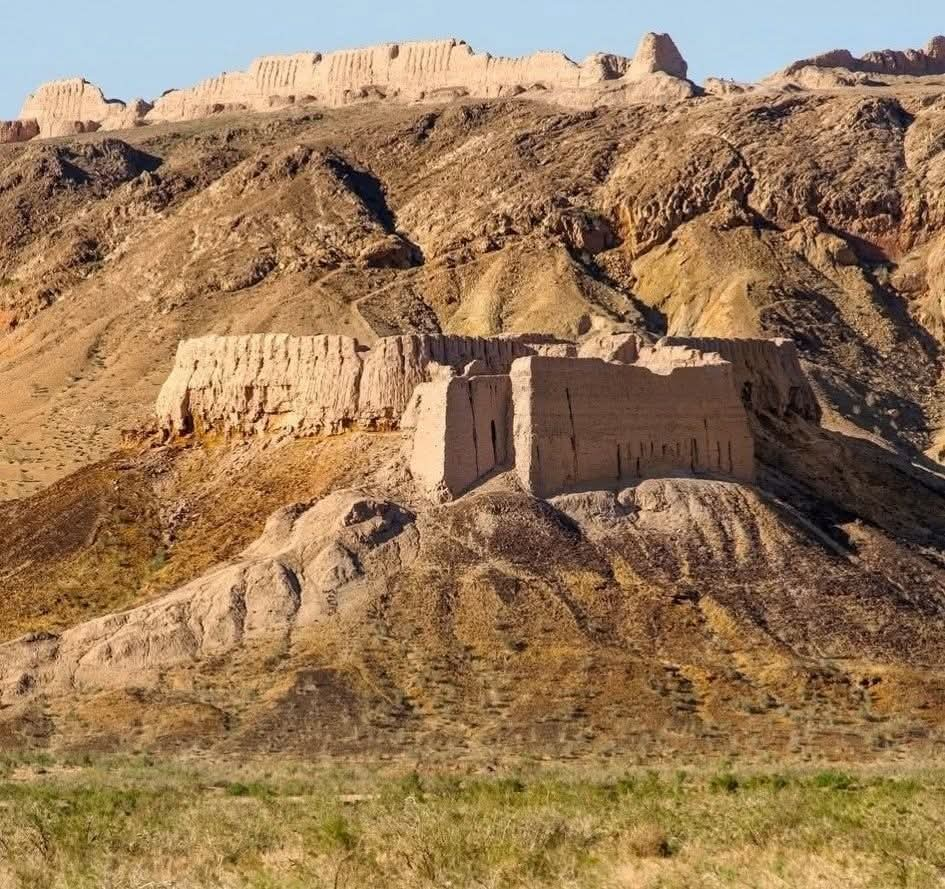
The towering mud-brick walls of the three fortresses at Ayaz-Kala, located in the Khwarezm region of Central Asia, rise dramatically from the surrounding plains. They were built on the edge of the ...Read more
View (14,516) | Like (0) | Comments (0)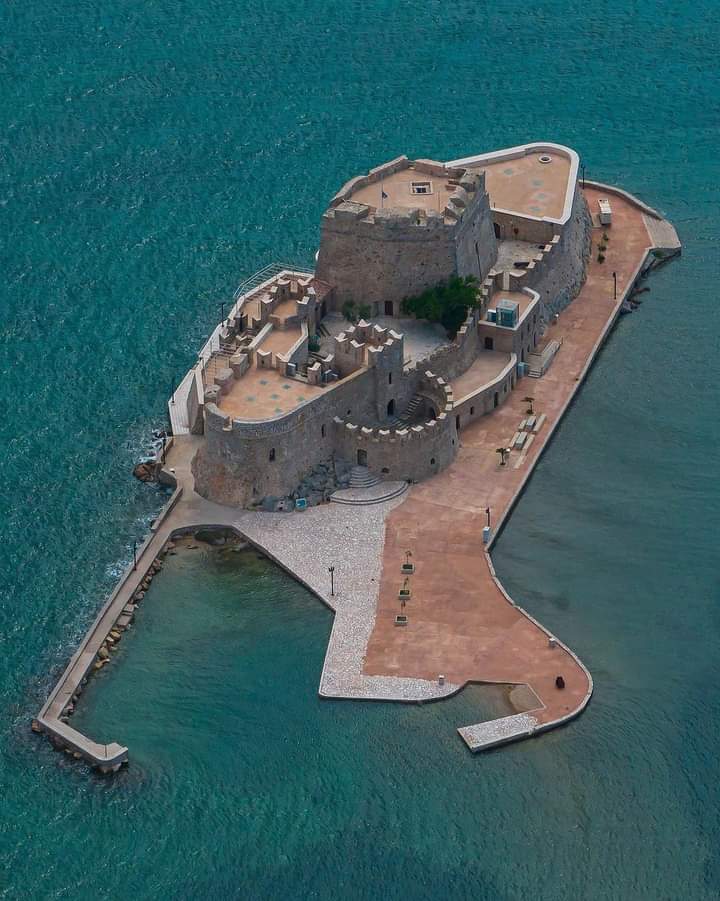
The small island of Bourtzi in Nafplion is popular for its strong, impressive fortress. Still known by its Turkish name Bourtzi, meaning the Tower, it attracts many visitors all year round. Antonio Ga...Read more
View (106,607) | Like (0) | Comments (0)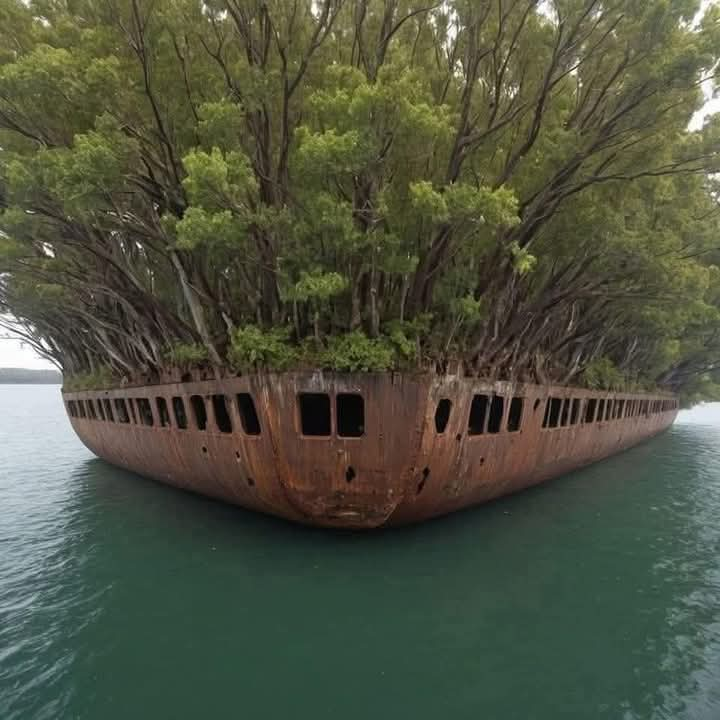
The Floating Forest of Australia. A Unique Natural Wonder. In Homebush Bay, Sydney, Australia, lies one of the most stunning and photogenic landscapes in the world the SS Airfield , an old steamshi...Read more
View (57,823) | Like (0) | Comments (0)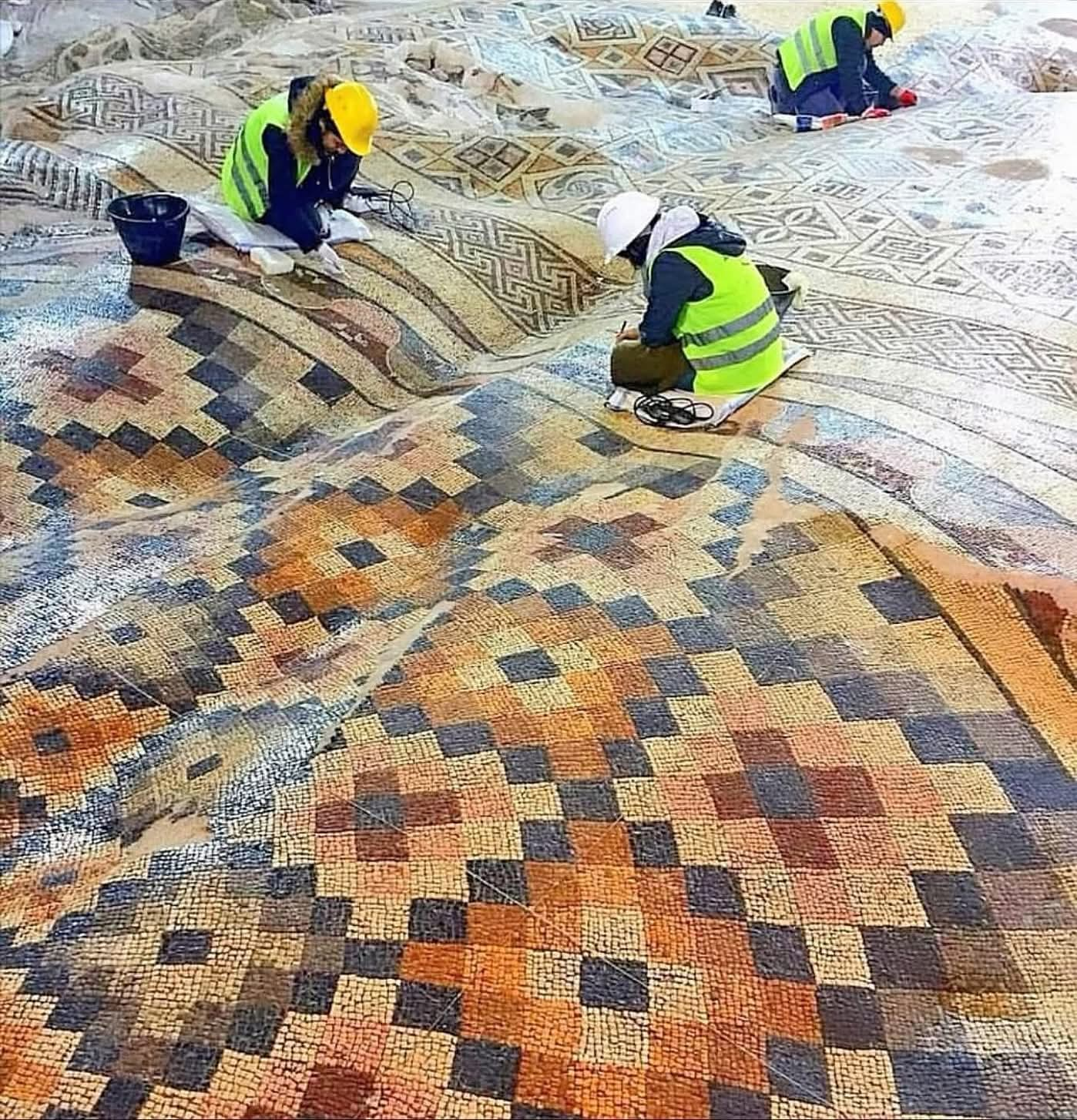
One of the largest Roman mosaic floors ever discovered was unearthed during the construction of a hotel in Antakya, Turkey. This massive mosaic, dating back to the Roman period, features intricate des...Read more
View (503) | Like (0) | Comments (0)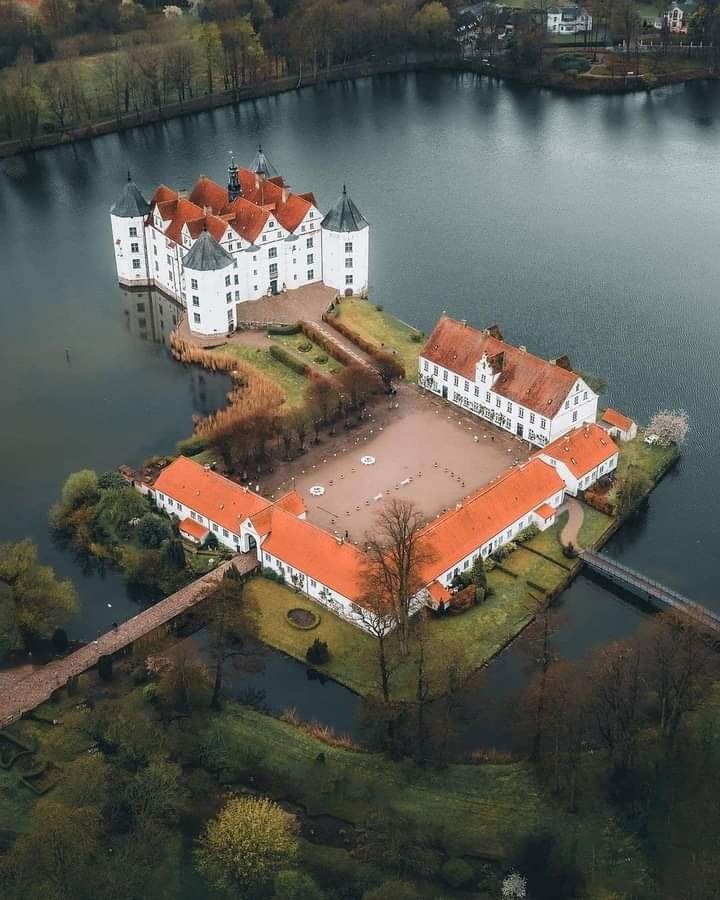
GlÃŧcksburg Castle (German: Schloss GlÃŧcksburg, Danish: Lyksborg Slot) is a water castle (German: Wasserschloss) in the town of GlÃŧcksburg, Germany. It is one of the most important Renaissance castl...Read more
View (104,991) | Like (0) | Comments (0)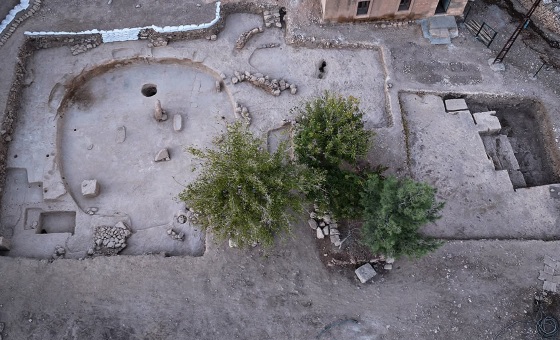
Unearthed in 2021 beneath a modern village in southeastern Turkey, Sayburç revealed a Neolithic settlement dating back over 11,000 years. Archaeologists have uncovered a large circular communal build...Read more
View (1,814) | Like (0) | Comments (0)
Budapestâs Morning Calm, The Chain Bridge, Danube, and Parliament at Sunrise. At the break of dawn, Budapest unveils a scene of tranquil beauty, as the sun casts a gentle light over its iconic la...Read more
View (76,866) | Like (0) | Comments (0)
Ten known facts about Mount Everest are given below. 1. Everest Has Multiple Names Mount Everest is called Sagarmatha in Nepali, meaning Goddess of the Sky, and Chomolungma in Tibetan, meaning God...Read more
View (74,159) | Like (0) | Comments (0)
āĻŦāĻŋā§ā§āĻ° āĻāĻā§ āĻāĻāĻāĻ¨ āĻ¤āĻ°ā§āĻ¨ āĻ¤āĻ°ā§āĻ¨ā§āĻ° āĻ¯ā§āĻ¸āĻŦ āĻŦāĻŋāĻˇā§ āĻāĻžāĻ˛ āĻŽāĻ¤ā§ āĻŽāĻžāĻĨāĻžā§ āĻĸā§āĻāĻžāĻ¨ā§ āĻāĻāĻŋāĻ¤, āĻ¤āĻž āĻšāĻ˛ā§: â āĻŦāĻŋā§...Read more
View (16,500) | Like (0) | Comments (0)
āĻ¤ā§āĻŽāĻŋ āĻ¯āĻĻāĻŋ āĻāĻŽāĻžāĻā§ āĻĒā§āĻ°āĻļā§āĻ¨ āĻāĻ°ā§ āĻ¯ā§, āĻ¤ā§āĻŽāĻŋ āĻ¯āĻĻāĻŋ āĻāĻžāĻ°ā§ āĻ¸āĻžāĻĨā§ āĻĒā§āĻ°āĻ¤āĻŋāĻĻāĻŋāĻ¨ āĻ¨āĻŋā§āĻŽ āĻāĻ°ā§ āĻāĻĨāĻž āĻŦāĻ˛ā§ āĻ¤āĻž...Read more
View (24,167) | Like (0) | Comments (0)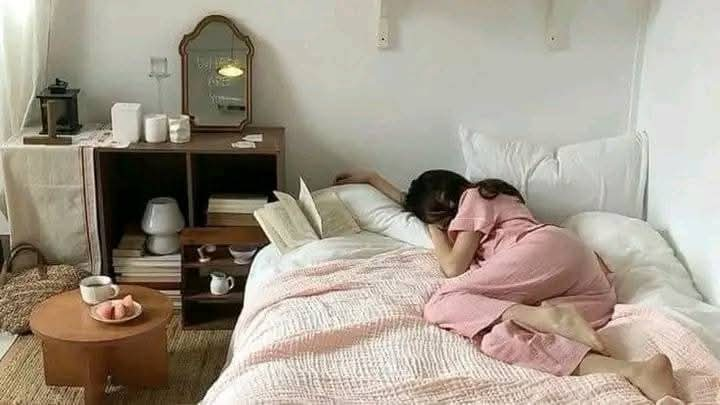
āĻ¯ā§ āĻ¤ā§āĻŽāĻžāĻ¯āĻŧ āĻāĻžāĻ˛ā§āĻŦā§āĻ¸ā§ āĻāĻžāĻ˛ā§ āĻ°āĻžāĻāĻ¤ā§ āĻĒāĻžāĻ°āĻŦā§ āĻ¤āĻžāĻā§āĻ āĻŦā§āĻā§ āĻ¨āĻŋāĻāĨ¤ āĻ¨āĻž, āĻāĻŽāĻŋ āĻ°āĻžāĻ āĻ āĻāĻŋāĻŽāĻžāĻ¨ āĻĨā§āĻā§ āĻ...Read more
View (3,101) | Like (0) | Comments (0)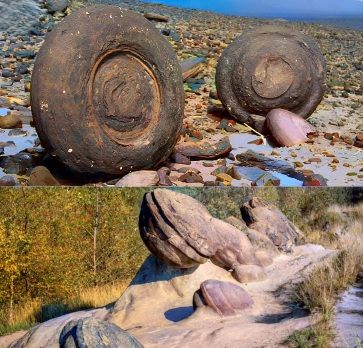
āĻ¯ā§āĻ¨ āĻ āĻ¨ā§āĻ¯ āĻā§āĻ¨ā§ āĻā§āĻ°āĻšā§āĻ° āĻĻā§āĻļā§āĻ¯! āĻ˛āĻŋāĻŦāĻŋāĻ¯āĻŧāĻžāĻ° āĻŽāĻ°ā§āĻā§āĻŽāĻŋāĻ¤ā§ āĻāĻĄāĻŧāĻŋāĻ¯āĻŧā§ āĻāĻā§ āĻāĻ āĻ°āĻšāĻ¸ā§āĻ¯āĻŽāĻ¯āĻŧ āĻĒāĻžāĻĨāĻ...Read more
View (20,357) | Like (0) | Comments (0)
đģ āĻ¨āĻ¤ā§āĻ¨ āĻāĻŽā§āĻĒāĻŋāĻāĻāĻžāĻ° āĻāĻāĻāĻžāĻ°āĻĻā§āĻ° āĻāĻ¨ā§āĻ¯ āĻ¸ā§āĻ°āĻž ā§§ā§Ļā§ĻāĻāĻŋ āĻā§āĻ°ā§āĻ¤ā§āĻŦāĻĒā§āĻ°ā§āĻŖ āĻā§āĻŦā§āĻ°ā§āĻĄ āĻļāĻ°ā§āĻāĻāĻžāĻāĨ¤đĨ...Read more
View (6,924) | Like (0) | Comments (0)
āĻ¸ā§āĻ¯ā§āĻāĻāĻž āĻŽāĻŋāĻ¸ āĻšāĻ¯āĻŧā§ āĻā§āĻ˛, āĻŽāĻžāĻ¨ā§āĻˇāĻāĻž āĻĨāĻžāĻāĻ˛ āĻ¨āĻž, āĻ¸ā§āĻŦāĻĒā§āĻ¨āĻāĻž āĻĒā§āĻ°āĻŖ āĻšāĻ˛ā§ āĻ¨āĻž, āĻāĻ°āĻāĻŽ āĻ āĻ¨ā§āĻ āĻāĻŋāĻā§āĻ āĻ...Read more
View (801) | Like (0) | Comments (0)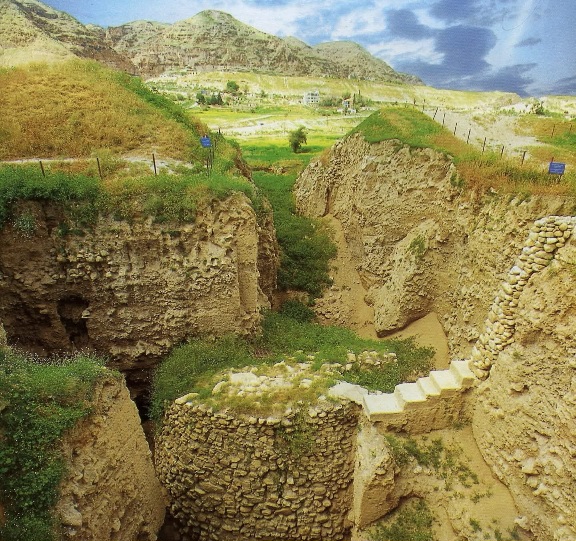
The Tower of Jericho is an 8.5-meter-tall conical stone structure located at Tell es-Sultan in the city of Jericho in the West Bank, recognized as part of a UNESCO World Heritage Site. Built aroun...Read more
View (8,849) | Like (0) | Comments (0)
āĻā§āĻŦāĻ¨ā§ āĻ¸āĻŦāĻžāĻ°āĻ āĻāĻāĻāĻž āĻ¸ā§āĻŦāĻžāĻ§ā§āĻ¨ āĻĒāĻ°āĻŋāĻā§ āĻĨāĻžāĻāĻž āĻĻāĻ°āĻāĻžāĻ°, āĻāĻ° āĻŦā§āĻ¯āĻŦāĻ¸āĻž āĻ¸ā§āĻ āĻ¸ā§āĻŦāĻžāĻ§ā§āĻ¨āĻ¤āĻžāĻ° āĻĒāĻĨ āĻā§āĻ˛ā§ ...Read more
View (8,048) | Like (0) | Comments (0)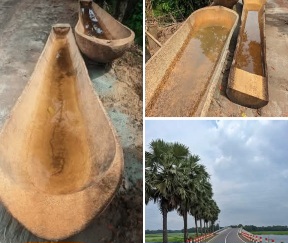
āĻāĻžāĻ˛āĻŋāĻāĻā§āĻ āĻāĻžāĻĒāĻžāĻļāĻŋā§āĻžāĻ° āĻĻāĻŋāĻā§ āĻ¤āĻžāĻ˛āĻāĻžāĻ āĻŦā§āĻļāĻŋ āĻāĻŦāĻžāĻ° āĻŦāĻŋāĻ˛ āĻāĻ˛āĻžāĻā§āĻŽāĻŋāĻ āĻŦā§āĻļāĻŋ āĻ¤āĻžāĻ āĻāĻ āĻāĻ˛āĻžāĻāĻžā§ āĻāĻ...Read more
View (24,732) | Like (0) | Comments (0)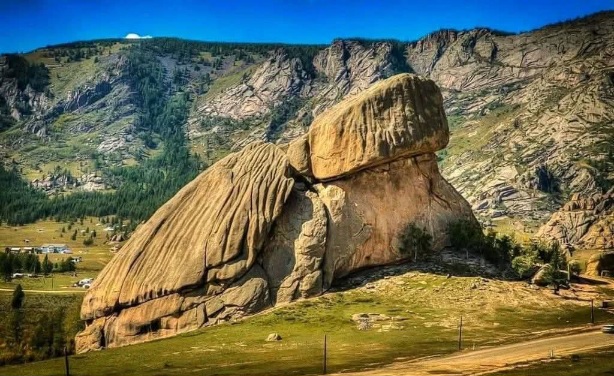
āĻā§āĻ°ā§āĻāĻŋ-āĻ¤ā§āĻ°ā§āĻ˛āĻ āĻāĻžāĻ¤ā§āĻ¯āĻŧ āĻāĻĻā§āĻ¯āĻžāĻ¨, āĻŽāĻā§āĻā§āĻ˛āĻŋāĻ¯āĻŧāĻž āĻ¸āĻŽā§āĻĒāĻ°ā§āĻā§ āĻ¨āĻŋāĻā§ āĻ¤ā§āĻ˛ā§ āĻ§āĻ°āĻž āĻšāĻ˛āĨ¤ āĻŽāĻā§āĻā§āĻ˛...Read more
View (4,769) | Like (0) | Comments (0)Fewlook is a world wide social media platform